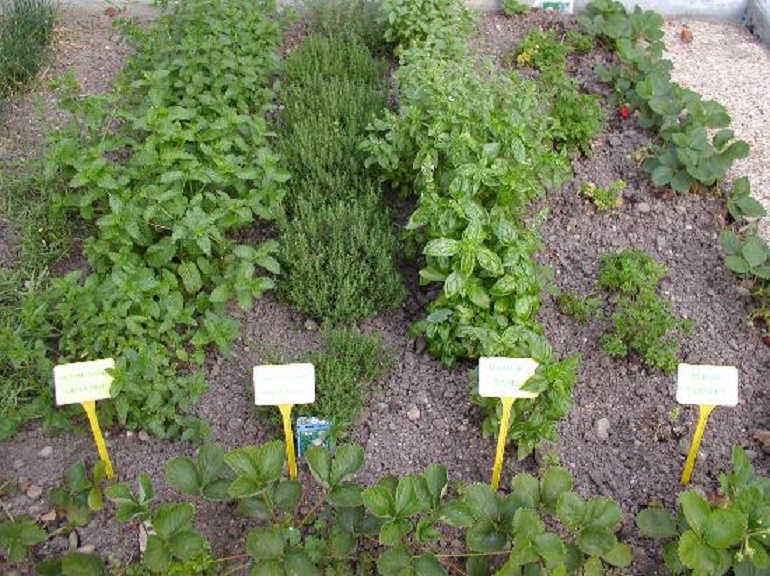[Author]by PF Louis
Natural News[/Author]
You may not think it a worthwhile endeavor to grow culinary herbs indoors, or outdoors for that matter. After all, a quick trip to most food stores will usually allow you to come back with the spices you need. But how fresh are they and have they been irradiated?
There are medicinal qualities to some culinary herbs that are best ensured by growing your own. And they don’t require much space. They can even be cultivated indoors if you lack outdoor earth space or if your area suffers severe winter weather.
All material sources for this article recommend using the kitchen or area near the kitchen where there is six hours of sufficient sunlight. But if your area gets a good deal of cold weather, don’t cultivate too close to windows. In lieu of sunshine, grow lamps can be used. Just be prepared for that SWAT team to bash your door down looking for weed (kidding, sort of).
One source advises bringing in herbal plants during cold weather that are perennial instead of annual. Perennials keep on going even outdoors when they go dormant during cold winters. Annuals have to be replanted.
If your dwelling requires heat throughout most of the winter, make sure that the area of potted herbal plants is humid. Without a humidifier, pebbles with water in a tray where your plant pot can be placed should work.
Culinary herbs with strong medicinal properties and health benefits
Cilantro (coriander) grows rapidly and is best started from seeds. Once harvested, cilantro does not continue growing. So it’s best to stagger three pots planted some time apart to get through winter months.
Cilantro offers remedies for many maladies that can be found here. Even more importantly, cilantro has been discovered to actually remove heavy metals from organ tissues. These heavy metals include three of the most harmful: lead, mercury and aluminum.
By using cilantro for pestos, soups and sauces or simply constantly garnishing many cooked foods, you would be undergoing constant heavy metal chelation. Not a bad idea in our heavily contaminated heavy metal environment.
Cilantro’s chelation properties were discovered intentionally and incidentally through several studies over the past few years. Combining chlorella with cilantro boosts heavy metal, especially mercury, chelation.
Rosemary is a perennial that does well in drier air, but the soil should never dry out. There are two basic types, upright and trailing. Obviously, uprights would be more appropriate for kitchen cultivating.
Rosemary has been proven by two separate studies in Spain to help ward off radiation damage from even ionizing radiation, which is the more dangerous type of radiation from atomic energy, radon and medical equipment such as mammograms, X-rays and CT scans. Airport scanners also emit ionizing radiation, which is capable of removing electrons from atoms, thus instantly damaging cells and DNA.
Other sources of radiation that are common to everyday life are Wi-Fi, cell phones and cell phone towers, all of which excite electrons in atoms enough to put them into different orbits. Not as quickly damaging short-term as ionizing radiation, but ultimately damaging with chronic exposure over time.
Using rosemary often can help reduce the effects of radiation from everyday living and even ionizing radiation.
Other herbs that can be easily grown indoors
Oregano, especially of the Greek variety, can keep growing for a couple of years. Harvesting leaves encourages that growth. Oregano is useful in a variety of foods, and oregano oils have powerful medicinal qualities.
Parsley has both a flat leaf and curly leaf variety. It thrives indoors. Harvesting the outer leaves encourages more plant growth. Parsley seems to be an underrated herb for health benefits. But it does have many health benefits.
Thyme, dill, mint and sage can also be grown indoors.



